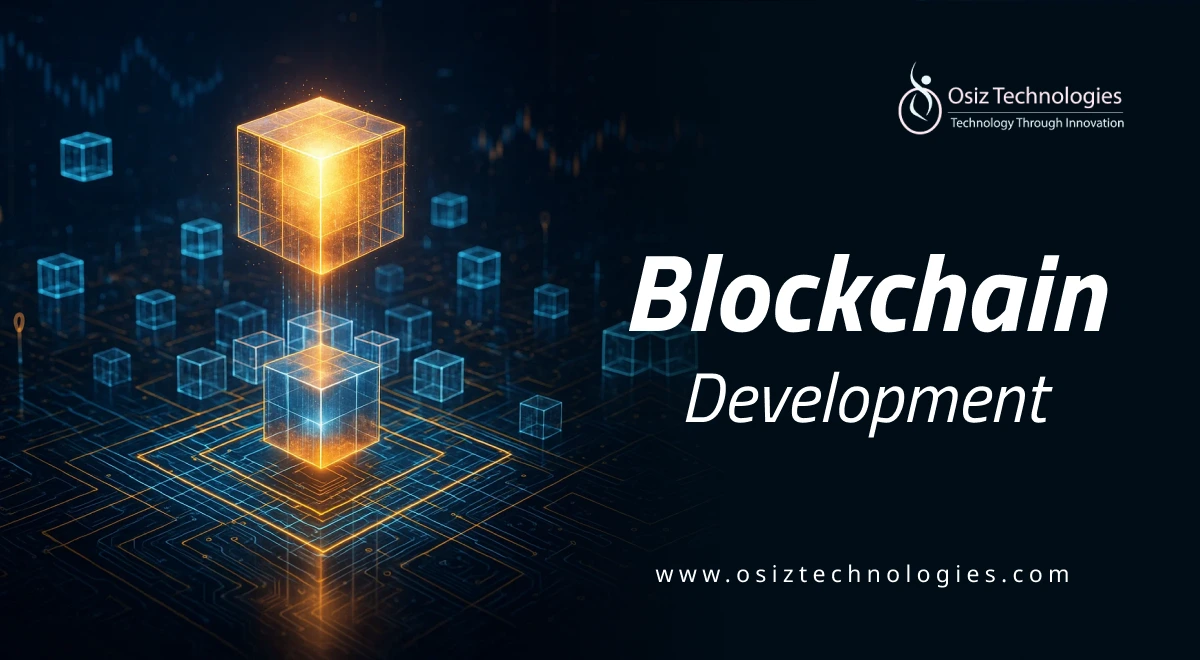In the rapidly evolving world of blockchain technology, Solidity has emerged as a pivotal programming language for developing smart contracts on the Ethereum platform. This article serves as a comprehensive guide for anyone looking to dive into Solidity smart contract development, covering everything from the fundamentals to advanced features. Whether you are a beginner or an experienced developer, understanding Solidity is essential for harnessing the full potential of blockchain technology.
What is Solidity?
Solidity is an object-oriented, high-level programming language specifically designed for implementing smart contracts on the Ethereum blockchain. It supports features such as inheritance, libraries, and complex user-defined types, making it a powerful tool for developers. According to the Solidity documentation, the language is tailored to facilitate the creation of decentralized applications (dApps) and automate processes on the blockchain.
Why Choose Solidity for Smart Contract Development?
There are several reasons why Solidity is the go-to language for Ethereum smart contracts:
- Ethereum Compatibility: Solidity is designed to work seamlessly with the Ethereum Virtual Machine (EVM), ensuring that contracts can be executed on the Ethereum network.
- Rich Ecosystem: The Ethereum community has developed a plethora of tools and libraries that enhance Solidity development.
- Strong Community Support: With a large community of developers, finding resources, tutorials, and forums for support is easy.
Getting Started with Solidity: A Beginner's Guide
If you're new to Solidity, starting your journey can be daunting. However, several resources can help you learn the basics:
Dapp University offers a crash course that guides beginners through programming and deploying their first Ethereum smart contracts.
GeeksforGeeks provides a comprehensive guide covering both basic and advanced concepts.
By utilizing these resources, you can quickly grasp the fundamentals of Solidity and begin creating your own smart contracts.
Understanding Smart Contracts
Smart contracts are self-executing contracts with the terms of the agreement directly written into code. They run on the blockchain, eliminating the need for intermediaries. This not only speeds up transactions but also reduces costs. Solidity plays a crucial role in defining the logic and rules of these contracts.
Solidity Development Tools
To effectively develop smart contracts, several tools can aid in the process:
- Remix IDE: An open-source web-based IDE that allows developers to write, compile, and deploy Solidity contracts easily.
- Truffle Suite: A development framework that provides tools for testing, deploying, and managing smart contracts.
- Ganache: A personal Ethereum blockchain for testing contracts, enabling developers to run their applications in a controlled environment.
Deploying Smart Contracts with Solidity
Deploying a smart contract involves several steps:
- Write the contract code in Solidity.
- Compile the code using Remix or Truffle.
- Deploy the contract to the Ethereum network using a wallet like MetaMask.
Once deployed, the contract is immutable and can be interacted with by users and other contracts.
Solidity ERC20 Token Development
The ERC20 standard defines a common interface for tokens on the Ethereum blockchain. Developing an ERC20 token involves implementing specific functions and events in your Solidity contract.
Advanced Features of Solidity
As you become more comfortable with Solidity, you can explore its advanced features:
- Inheritance: Allows contracts to inherit properties and methods from other contracts, promoting code reuse.
- Modifiers: Functions can be modified to add preconditions, enhancing security and logic.
- Events: Events enable logging of contract activity, making it easier to track and debug.
Solidity Contract Security
Security is paramount in smart contract development. Here are some best practices to ensure your contracts are secure:
- Use SafeMath: Prevent overflow and underflow issues by using the SafeMath library.
- Regular Audits: Conduct smart contract audits to identify vulnerabilities.
- Testing: Implement thorough testing using frameworks like Truffle to ensure your contract behaves as expected.
Solidity vs Rust: Which to Choose?
While Solidity is the primary language for Ethereum, Rust is gaining traction for blockchain development, particularly with projects like Polkadot. Here’s a comparison:
- Performance: Rust offers better performance and memory safety features.
- Community: Solidity has a larger community and more resources available.
- Use Cases: Solidity is primarily used for Ethereum, while Rust is versatile across different blockchain platforms.
Best Practices for Solidity Development
To ensure high-quality smart contracts, follow these best practices:
- Keep contracts simple and modular.
- Use established patterns and libraries.
- Document your code thoroughly for future reference.
Conclusion: Your Journey in Blockchain Development
As you embark on your journey in blockchain development using Solidity, remember that continuous learning and practice are key. The world of smart contracts is vast, and mastering Solidity will enable you to create innovative solutions that leverage the power of blockchain technology. For more resources, tutorials, and expert guidance, connect with us at osiztechnologies. Let's build the future of decentralized applications together!
Listen To The Article










